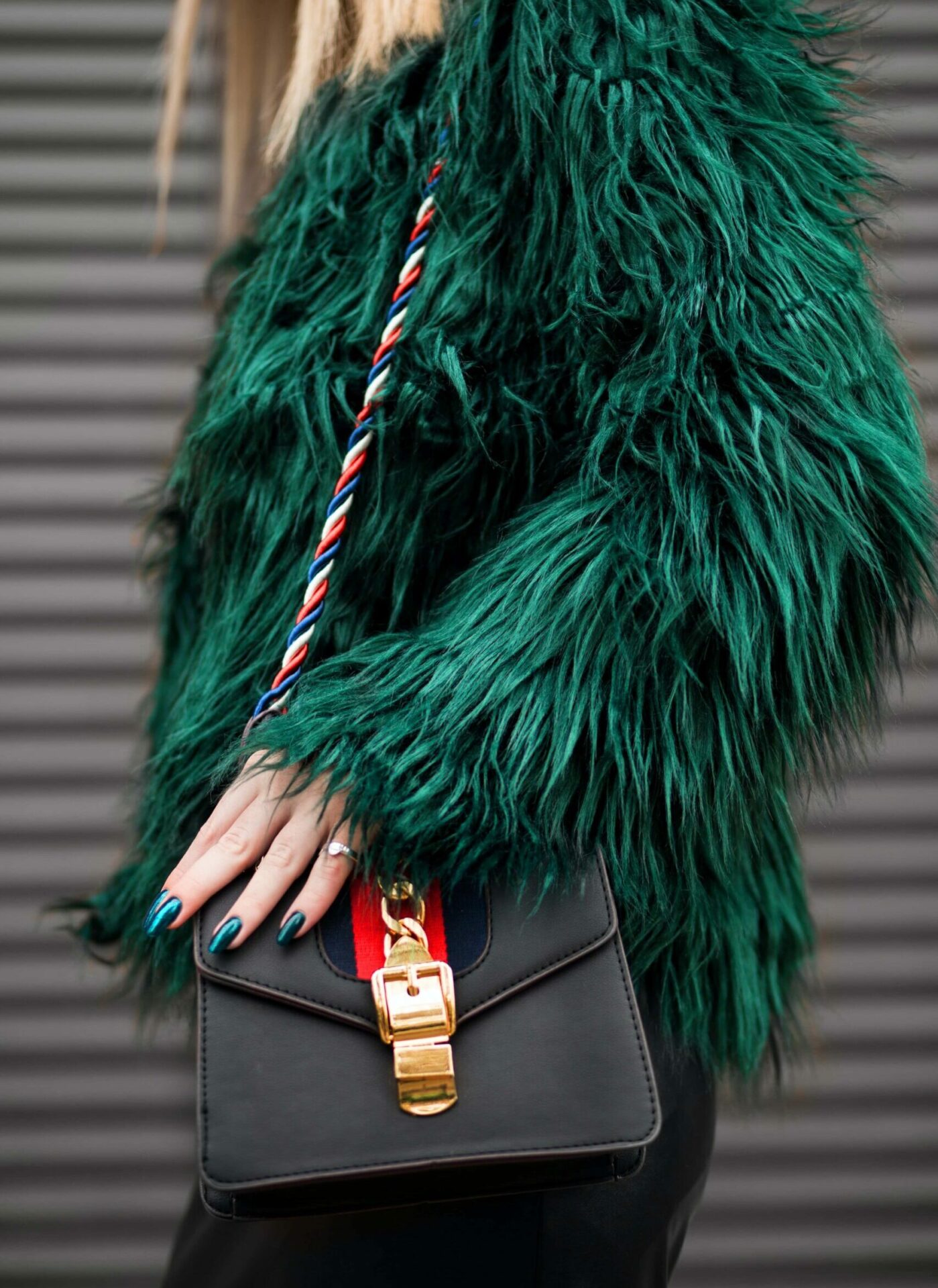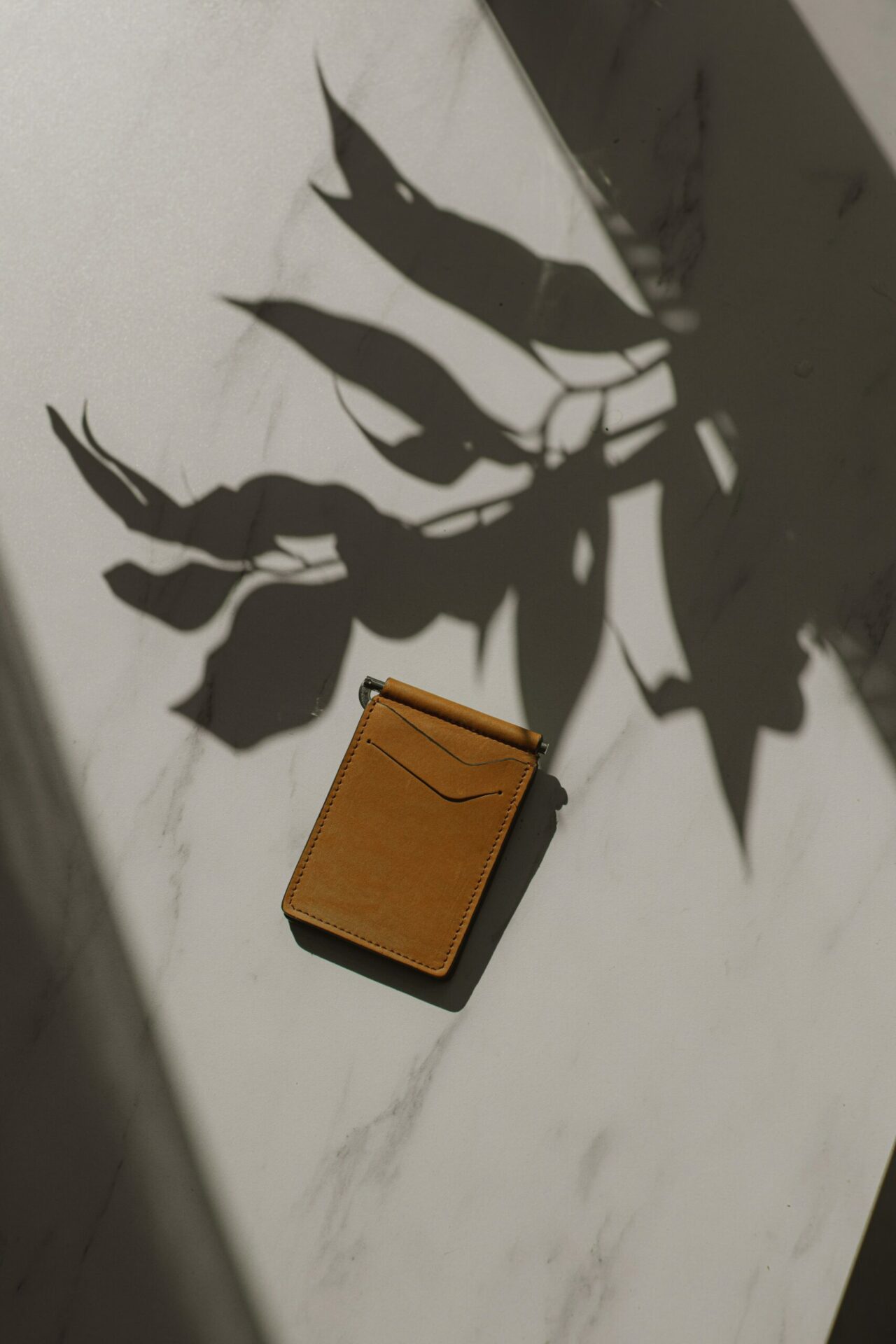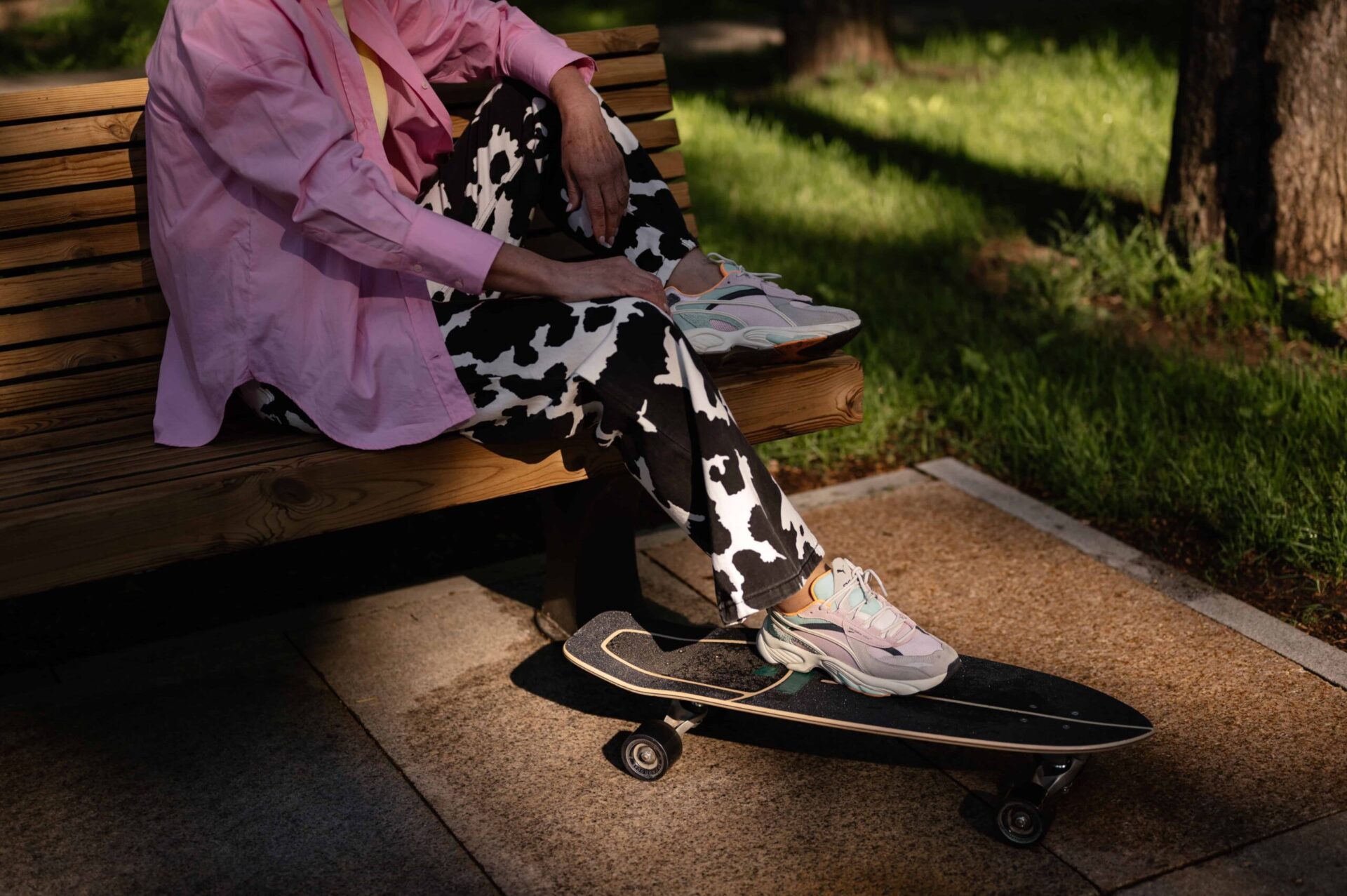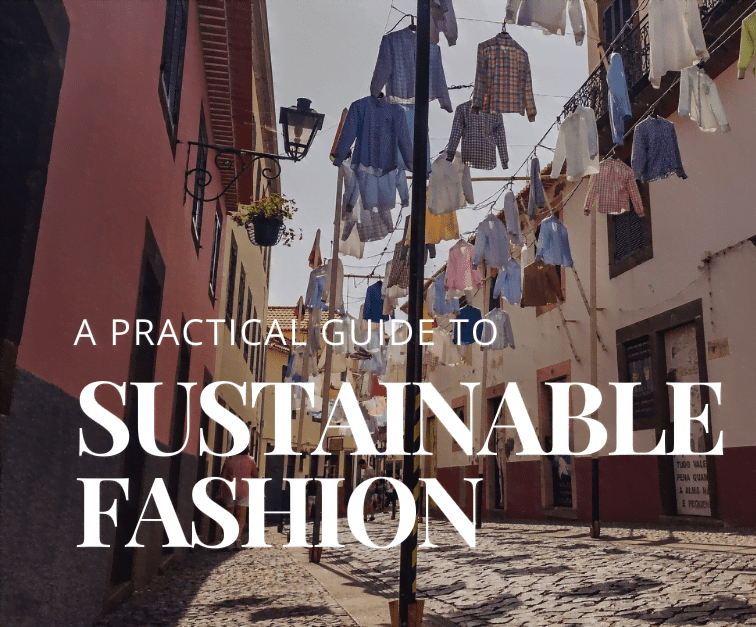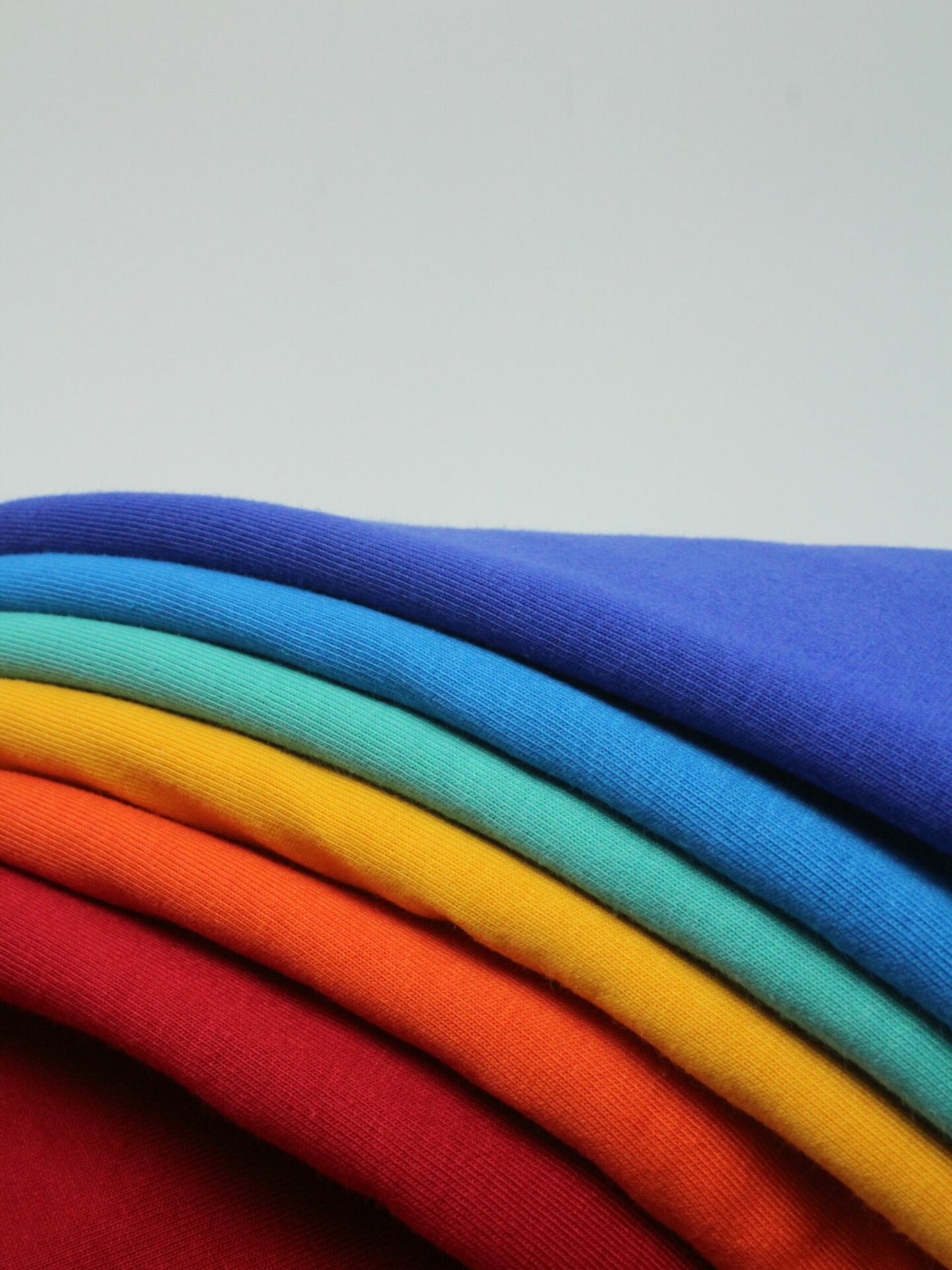For decades, fur has been considered a high fashion accessory, representing extravagant style and luxury. From supermodels to actors and actresses, this piece of fabric has graced the bodies of famous figures who are lauded for their elegant fashion choice in the media and magazines.
But apart from being super stylish, fur is also super problematic. Rearing animals in less-than-ideal conditions and killing them to turn them into fashion products? No, thank you. Anyone in their right minds (and hearts) would not want to cover their body with this product as a symbol of luxury and style.
Of course, you might have heard of faux fur—an ethical alternative to the animal fur that’s obtained through inhumane practices. But, how better is fake fur when it comes to its environmental impact? Can it truly be said to be a suitable replacement for animal fur in fashion?
That’s exactly what we’re telling you about here. Why is animal fur so problematic, what is faux fur, and is it more sustainable compared to animal fur? Keep reading to get these questions answered in detail.
Animal fur in fashion
Using animal hide for clothing and display purposes is by no means a new concept. Since ancient times, men have hunted and skinned animals to use the hide as both protective gear in cold climates, and also to flaunt it as a symbol of wealth in their homes.
But those were ancient times. We do not need to depend on animal skin for warmth anymore. And using it to look stylish is not a worthy excuse when it comes at the cost of mistreated animals. We’ve come a long way from the ignorant, primitive society we once used to be. Or, have we?
Looking at how the usage of animal fur in fashion is still prevalent, one might think we haven’t developed much from our Neanderthal ways.
Unlock Your Savings with Exclusive Offer Coupons
Save big while shopping for sustainable products! Grab your exclusive coupons today!

Fur Farming
A huge quantity of fur is extracted from a variety of animals to make everything from massive coats to tiny pom-poms. The process of rearing animals to use their hides for creating products for human use is called Fur Farming. Which, surprisingly, is still quite prevalent today.
China and Europe are home to 95% of the fur traded worldwide. These countries actively practice fur farming, where raccoon dogs, foxes, minks, and many other animals are trapped in tiny cages made of wires.
In these cages, animals cannot act as per their instincts and take part in biological activities like digging, roaming large territories, swimming, etc. These conditions cause them to develop permanent stress disorders and extreme behaviors like cannibalism and self-mutilation.
Eventually, they are killed to harvest their hides. This happens through agonizing practices like electrocution and gassing.
Globally, 7.8 million foxes and 44.4 million minks are killed for fur production. Up to 90 million animals are killed in fur farming. For one fur coat that you’ll see celebrities sporting on the front of magazine covers, 50 minks, 12 foxes, or 150 chinchillas give up their lives.
To date, there is no global law prohibiting fur farming or rearing and slaughtering animals for fashion.
However, many countries like Austria, the Czech Republic, Norway, and the United Kingdom have banned fur farming over the past two decades. The country of Israel and the American States of California, Los Angeles, San Francisco, and others, have banned fur sales. Even if we’re far from eliminating animal cruelty for fur production, these actions by the respective countries instill hope for eventual positive change.
Using fake fur as an alternative
Because, we just cannot do without fur.
In response to the outrage against fur farming and the use of animal fur in fashion, synthetic fur or fake fur has emerged as a solution for all those who wish to wear the fabric.
Fake fur is essentially fabric that’s processed to imitate the texture and look of animal fur clothing. Many facts state that faux fur is easier to produce than animal fur, and is also more affordable for people who wish to emulate the style and elegance of wearing fur.
While one could say that synthetic fur is undoubtedly a cruelty-free option when compared to animal fur, is the production and use of fake fur truly sustainable? In the long term, can we call faux fur a 100% eco-friendly alternative to animal fur?
Let’s learn a bit more about artificial fur.
What is faux fur made of and how is it made?
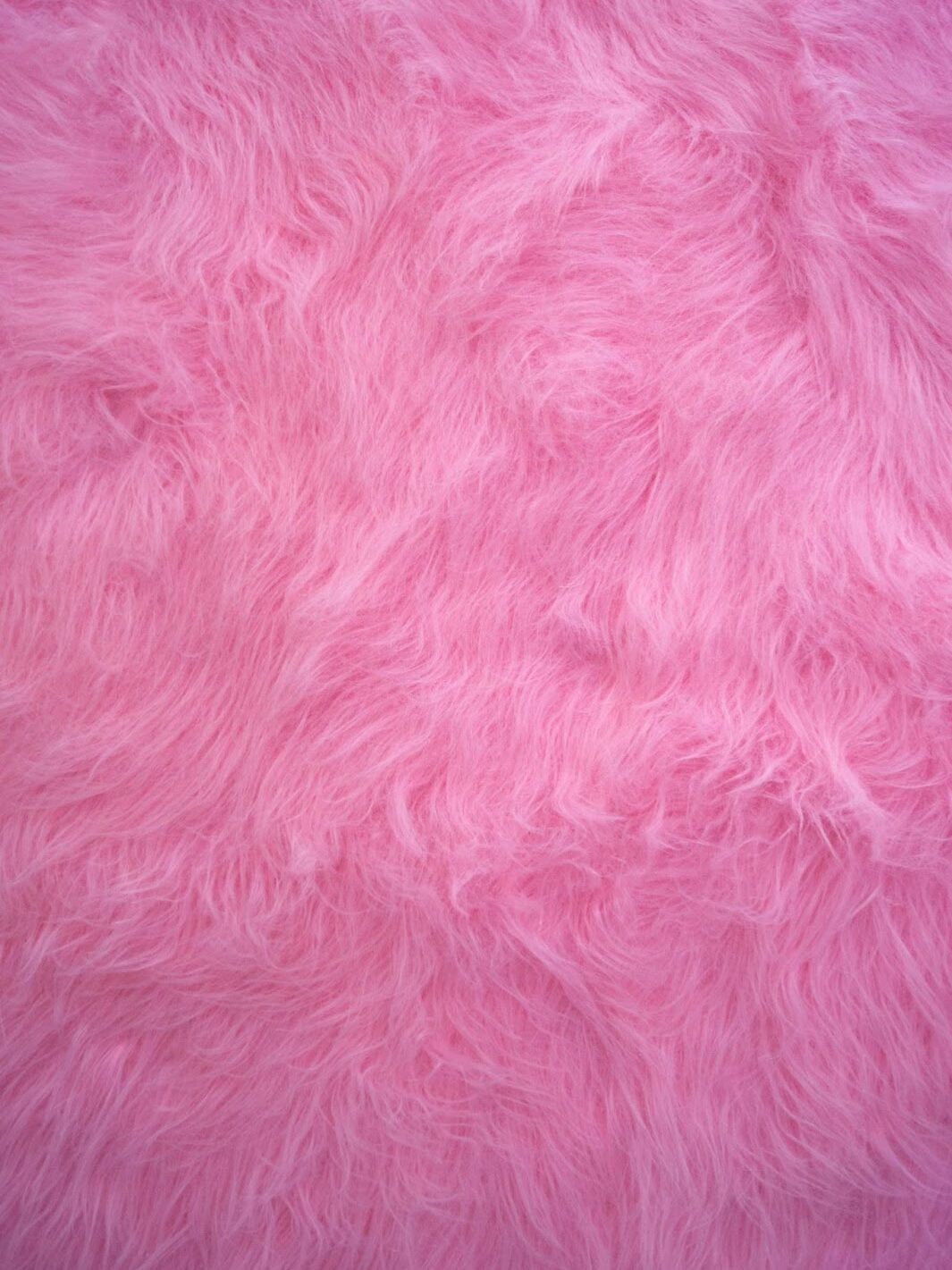
Fake furs can be called ‘pile fabrics’ that are modeled to have the appearance and warmth of real fur. These fabrics are attached to a backing material through various techniques. They come in a variety of lengths and textures. The three most popular kinds of faux fur are long pile fur, medium pile fur, and short pile fur.
While fake furs cannot match the quality of real animal fur, there are certain advantages to them. For example, coloring. They can be dyed to almost any shade of color, unlike real fur that’s only available in a few shades. They’re also said to be more durable and easy to take care of.
Raw materials used
Faux fur fabrics are commonly made from synthetic polymers such as polyester, acrylic, modacrylic, or a combination of them. These polymers are made of chemicals extracted from coal, air, water, petroleum, and limestone. They are all essentially, different forms of plastic.
The process
The synthetic polymers are initially used in powder or pellet form and are melted down and spun to derive the fabric piles that make up the material. They are then soaked in dye solutions to be colored. This is not where the fabric gets the finished color but only the base color.
While the pile fabric provides the look of the fur, the backing material enhances the feel and texture. It’s typically made of cotton or wool, with the pile fabrics attached to it through methods such as weaving, tufting, circular loop knitting, and silver knitting.
Why it’s problematic
All kinds of plastic are harmful to the environment. The synthetic materials used to make faux fur fabric are plastic, i.e., it’s non-biodegradable. If animal fur clothing were to be replaced with fake fur, then we’d have a mass production of non-biodegradable clothing at hand. And that’s not environmentally friendly at all.
Studies show that 8 million tons of plastic enter the oceans every year, polluting the water and permanently damaging the underwater ecosystem. Sea animals and birds consume these plastics mistaking them for food, and also get tangled up in plastic debris and even end up dying because of it.
It’s been proven that microplastics washed off of synthetic clothing make up 25% of the plastic pollution in oceans. Every time we do laundry, 9 million unfiltered microfibers are released into the wastewater system. These microfibers are not biodegradable. Meaning, they will stay in the oceans forever. How horrible is that?
By making more synthetic clothing, we are just adding to the plastic pollution that will eventually kill us. Since, we’re already living, breathing, and drinking plastic.
Faux fur Vs. Real fur
In comparison, let’s see which is the more sustainable option.
Real Fur – Pros and Cons
Pros: We’d like to say there are no notable pros, as wearing the skin of a tortured animal on your body can hardly be considered a pro. However, one fact is that animal fur clothing is more biodegradable compared to faux fur fabric.
Cons:
- The blatant cruelty and murder of animals.
- The carbon emissions from fur farming, the pollution of waterways, the toxins used in fur dressing and dyeing, and the huge amounts of waste and feces produced, are all extremely damaging to the environment.
- The high cost and unaffordability of fur clothing.
- The promotion of dressing to portray a certain lifestyle in line with fashion trends.
Faux fur – Pros and Cons
Pros:
- An ethical alternative to animal fur. There is no animal cruelty or even animal products involved. However, there have been instances of real fur being sold as fake fur in disguise. That’s something to be careful about.
- Comparatively easy to produce and make into the fabric.
- Artificial fur clothing is cheaper than animal fur clothing.
Cons:
- Made of synthetic materials, rendering it non-biodegradable. Disposal of fake fur clothing is not environmentally friendly.
- The production of faux fur promotes the idea that we cannot do without fur clothing, which is far from the truth. We certainly do not need fur to keep warm, and the fashion aspect of fur clothing is very superficial. It advances fast fashion and throwaway culture.
- Mass production of fake fur clothing is not sustainable in the long run. The production of such a product can only be considered if carbon emissions and pollution are minimized. And if materials other than synthetic fibers are used.
Is faux fur more sustainable?
The future of the faux fur industry is something to look forward to. Because of the growing consumer awareness, more sustainable solutions are being innovated to create the fabric.
Brands like Ecopel and Vitro Labs are working on creating fur from recycled ocean plastic and biological protein fiber technology, respectively. This is proof that we might be able to consume sustainable artificial fur in the future.
However, as of now, synthetic fur is not doing anything to help the planet. On the contrary, it’s adding to the very issues that are assisting climate change and pollution.
It’s true that faux fur is an ethical substitute for animal fur. But, while on the one hand, it protects animals, on the other, it pollutes the oceans and creates non-biodegradable waste. We are just replacing one issue with another. How could this be a sustainable option?
Another point to notice is that even if faux fur production might become more sustainable in the future, why are we so bent on consuming it? We certainly do not need it for keeping warm. Is fur truly a necessity for fashion?
As of now, we can conclude that faux fur is definitely not more sustainable compared to animal fur.
Final take
So, should you use faux fur clothing or not?
It’s your choice. If you’re truly into wearing fur, then opt for it. You can choose to buy quality and make it last. You can even consider looking for secondhand fur clothing. If you fall out of love with it, donate it to a charity or give it to someone who wants it. Ensure to keep it out of the waste bin.
However, if you can do without fur, then it’s best to stay away from it. There is a variety of sustainable clothing options and you’ll hardly miss fur. If it’s for warmth, there are also many better options to explore.
We hope this feature helps you make an informed decision.
Like what you read? You can subscribe to our newsletter from the box above in the article for more such content. We share myth busters on sustainability and fashion, and other exciting stuff you’ll love. It’s delivered weekly, straight to your inbox!
Stay stylish and sustainable!
Subscribe for exclusive fashion tips and a free guide to eco-friendly apparel.
